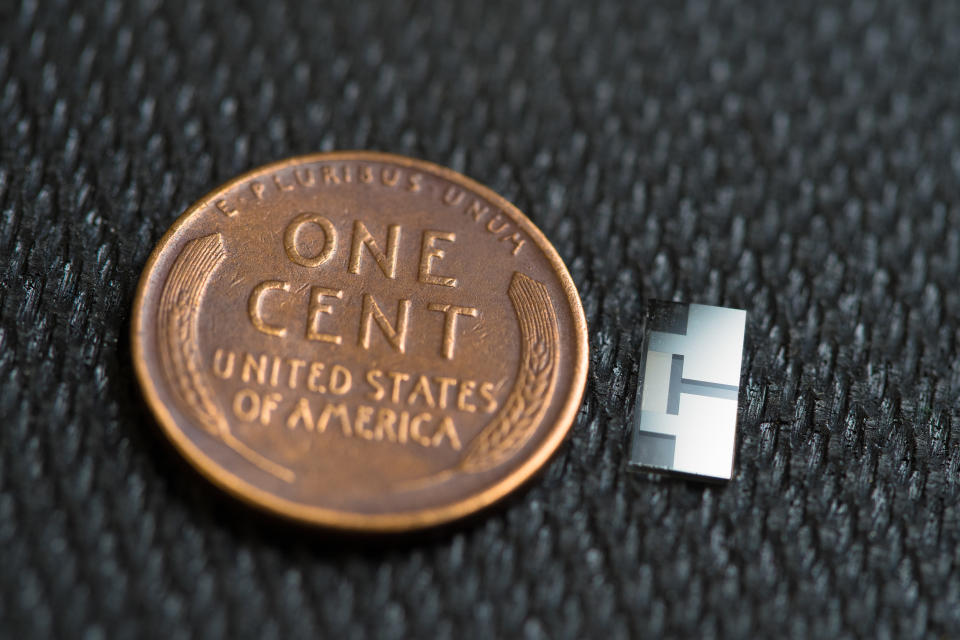Longer-lasting, fast-charging batteries made possible using ultrasound device
Batteries could charge faster and last longer thanks to a new device made using pieces from a smartphone.
The tiny technology emits ultrasound that helps the flow of current in lithium metal batteries, though scientists behind the project say it could be developed for any type of battery.
Current limitations of lithium metal batteries have so far made them an impracticable choice for things such as electric cars – which typically use lithium-ion batteries.
Lithium metal batteries are traditionally used to power electronics such as watches and cameras, whereas lithium-ion batteries can be found in anything from an electric vehicle and e-bike, to tablets and computers.
Despite suffering with a shorter lifespan, lithium metal batteries have twice the capacity of today’s best lithium-ion batteries, but new research could turn that around.
When equipped with the device, the battery was able to be charged and discharged for 250 cycles, as well as going from empty to full within 10 minutes. A lithium-ion battery could achieve more than 2,000 cycles.
“Advances in smartphone technology are truly what allowed us to use ultrasound to improve battery technology,” said Professor James Friend, study corresponding author from the University of California – San Diego.

The ultrasound components generate sound waves at extremely high frequencies, which are normally found in smartphones to filter the wireless signal, in addition to identifying and filtering voice calls and data.
Scientists used this technique as a way to stimulate electrolyte liquid, the part of batteries needed to make them conductive.
“This work allows for fast-charging and high-energy batteries all in one,” said Professor Ping Liu, senior author of the paper published in the Advanced Materials journal.
“It is exciting and effective.”
The team is now exploring ways to integrate the technology into commercial lithium ion batteries.

 Yahoo News
Yahoo News 
